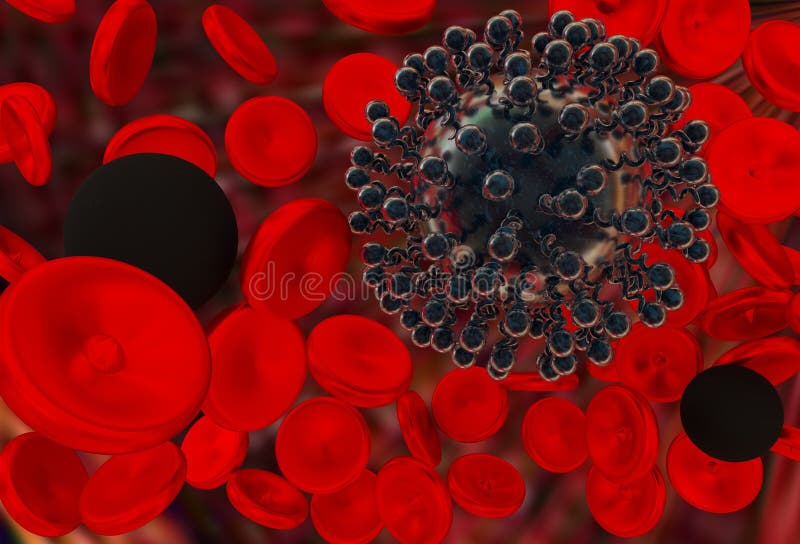
They could even seemingly accomplish such things as bringing inanimate objects to life or traveling through time, the latter serving as basis for Chrono Energy. Their uses are near limitless, with their power being great enough to rival that of the Magistrate itself. The cervical portion of the facial vein receives the submental, tonsillar, external palatine, lingual, submandibular, pharyngeal and superior thyroid veins.These types of magic have official names and are generally more understood.Ĭrystals are a powerful type of magic focused through crafted crystals that harness magic. In this part of its course, the facial vein passes deep to the platysma and cervical fascia, and superficial to the submandibular gland, digastric muscle and stylohyoid muscle. It then curves posteriorly around the body of mandible and enters the neck. Within this area of the face, the facial vein receives the superior and inferior labial veins, as well as the deep facial vein via which it communicates with the pterygoid venous plexus of the infratemporal fossa.Īt the lower part of the face, the facial vein descends along the anterior surface of the masseter muscle, reaching the body of mandible. The facial vein then continues obliquely across the face, passing posterior to the zygomaticus major, risorius and levator labii superioris muscle. It then passes obliquely downwards on the lateral side of the nose, receiving the external nasal and inferior palpebral veins. Near its origin point, the facial vein receives the supratrochlear and supraorbital veins via the angular vein. The facial vein arises as a continuation of the angular vein, just below the level of the inferior margin of the orbit. This article will discuss the anatomy and function of the facial vein.Īnterior facial vein, Vena facialis anterior Key facts about the facial vein Drains fromįacial portion: supratrochlear, supraorbital, external nasal, inferior palpebral, superior and inferior labial, deep facial vein, buccinator, parotid and masseteric veinsĬervical portion: submental, tonsillar, external palatine, lingual, submandibular, pharyngeal and superior thyroid veinsĪnterior scalp and forehead, eyelids, nose, cheeks, lips, chin and submandibular gland, thyroid gland Finally, the common facial vein conveys the blood from the facial vein into the internal jugular vein.

It collects several tributaries in the neck, after which it unites with the anterior branch of the retromandibular vein to form the common facial vein. It then emerges in the neck by crossing the body of the mandible. From the root of the nose, the facial vein descends obliquely downwards towards the mandible, receiving many tributaries from the superficial structures of the face. The facial vein courses through the face and then through the neck, thus being divided into the facial and cervical parts. Some sources claim that the angular vein, which arises from the confluence of the supratrochlear and supraorbital veins, is only an initial segment of the facial vein.


The facial veins stem from the angular veins on each side of the root of the nose. The facial vein, also referred to as the anterior facial vein, is a paired vessel and the main vein of the face.


 0 kommentar(er)
0 kommentar(er)
